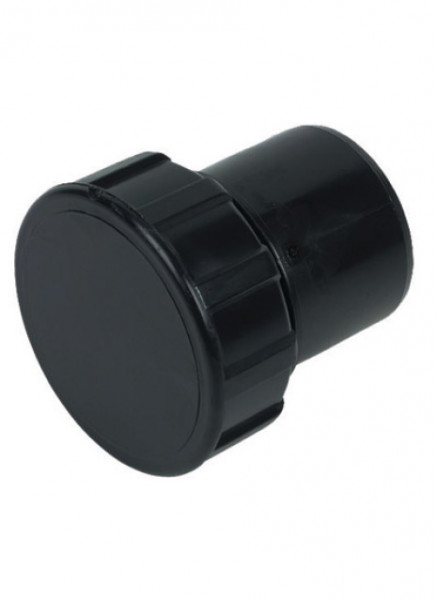

XT60 is the de-facto standard with models 3 inch and up. Lets take a closer look at the battery connectors currently most commonly used in the hobby, and some new, emerging options specially designed for whoops. This is obviously the worst case which don’t want to happen.Ī clear sign of a “bad” or under-specced plug is, when you can feel it being hot after ripping a pack. If you push more current through the connector than it can handle (and dissipate), the connector will get hotter and at one point the wires will de-solder from the connector. Generally speaking this means you can safely push more current through a connector if you only do it for a short amount of time and the plug has some time to cool down - for example through high air flow, as we usually have when flying quadcopters. This further means the current rating of a plug is independent of the voltage, but instead depends on the plugs internal resistance: The bigger the batteries and the setup - the higher the current draw - the bigger has to be the battery connector.Ĭonnectors all have a current rating - this current rating refers to how much power the plug can safely dissipate. The type depends on the size of the model and thus the current draw. In the quadcopter hobby we are using different kinds of battery connectors.

This means the contact resistance of the plug should be as low as possible and the current rating as high as possible - of course relative to the needs of your quadcopter.


 0 kommentar(er)
0 kommentar(er)
